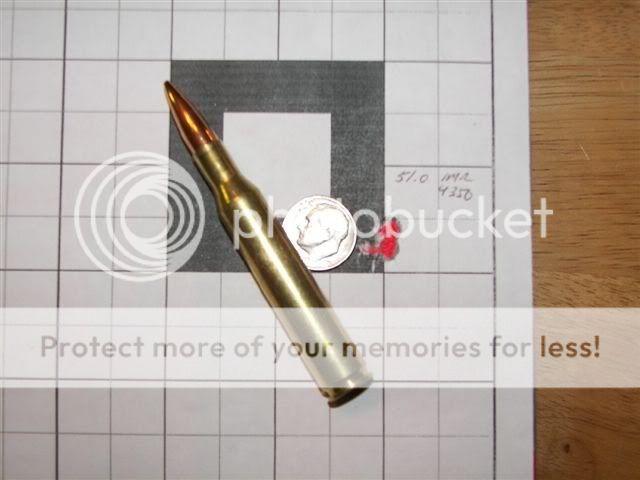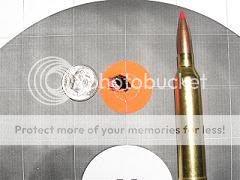Kevin Rohrer
Well-Known Member
I just started using the Hornady gauge and am happy with it. I especially like the option of using the gauge to correct excessive runout.
Right now I am checking rounds loaded on various presses using the same dies. After checking three presses (with six to go), I am finding that the difference in presses is minimal. All rounds have checked out in the range of .001-.0024. Once my test is completed I will publish my data on Castboolits.
My question is for you all: is the Sinclair method (case body supported by rollers) more accurate than the Hornady method (case supported by a combination of the case head and bullet nose)?
There are good videos of both gauges on Youtube.
Right now I am checking rounds loaded on various presses using the same dies. After checking three presses (with six to go), I am finding that the difference in presses is minimal. All rounds have checked out in the range of .001-.0024. Once my test is completed I will publish my data on Castboolits.
My question is for you all: is the Sinclair method (case body supported by rollers) more accurate than the Hornady method (case supported by a combination of the case head and bullet nose)?
There are good videos of both gauges on Youtube.


